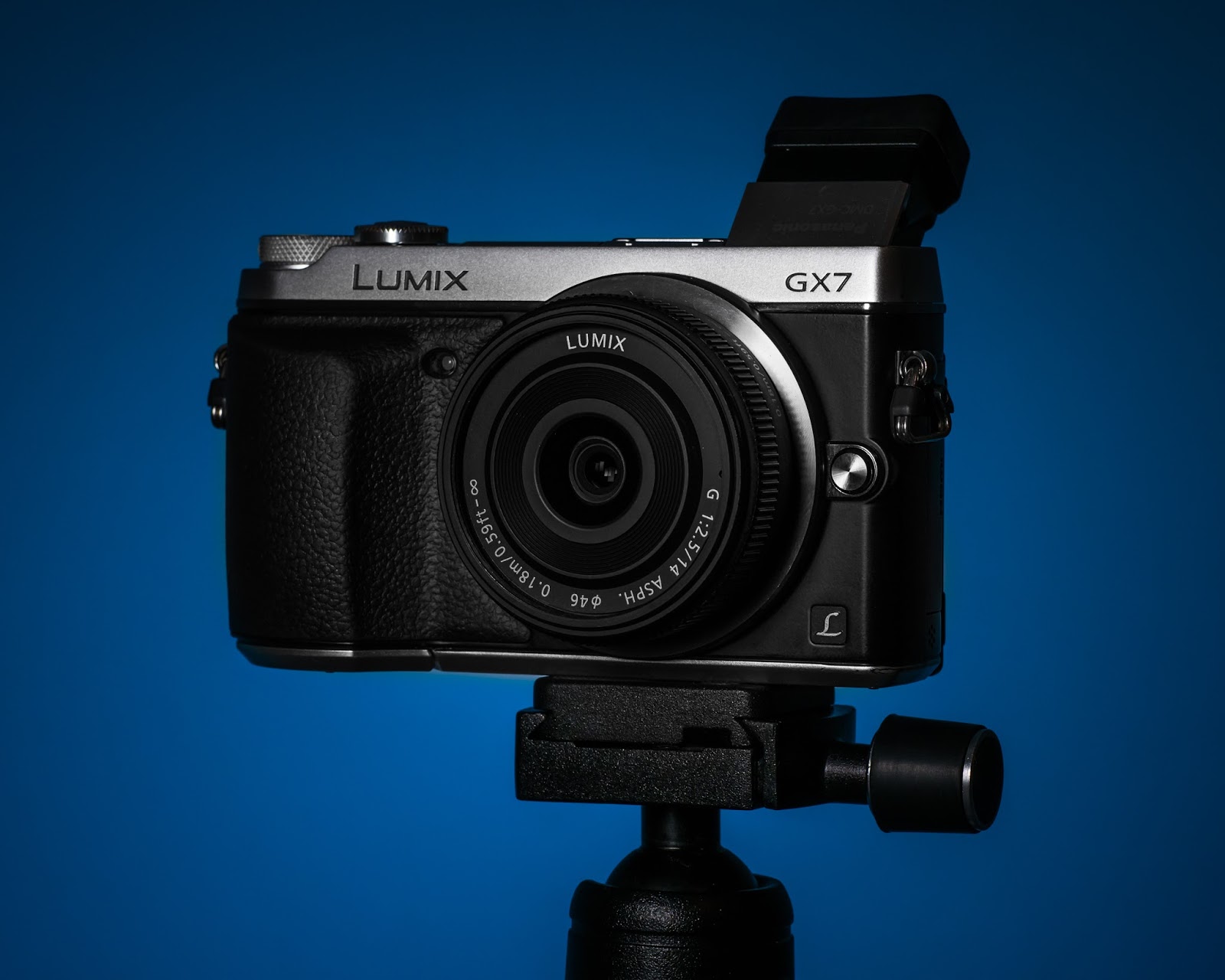A few weeks ago I set out to buy the Fstoppers Flash Disc but it was out of stock on Amazon. While looking for something similar I ran across the Coco Ring Flash which looks like ExpoImaging's Ray Flash but can be had for $150 cheaper. Both are flash modifiers that take the output from a speedlight attached to your camera and distribute it to the shape of a circle or ring. Traditionally the ring fits around the lens attached to your camera which gives the subject being lit a characteristic shadow-less look (since the light is not coming from a particular direction, but directly ahead). I had seen that the Ray Flash received a good review from The Phoblographer however nothing had been published about it's cheaper counterpart. I was not even sure if it would fit my mirrorless cameras or Yongnuo flashes because it was made for a DSLR and Canon's 580EX II flash. In the end I decided to risk the small investment and purchased the unit.
When it arrived I was surprised that my Yongnuo 560 III slid on easily and stayed snugly in place. It was basically a perfect fit. On the downside the ring flash is pretty big compared to my OMD EM5 and Panasonic GX7 and I found that it could only be used with the EM5. The hump that many complained about when this camera was released ended up being the saving grace here. When the ring flash is mounted to the speedlight on the GX7, its top half interferes with the field of view of any mounted lens. Another thing to mention is that even when using it with the EM5, none of the lenses that I tried actually "clear" the front of the ring flash. Subsequently, wider lenses are not compatible because the ring flash ends up in their field of view. The Olympus 45mm f/1.8, Sigma's 60mm f/2.8, and OM Zuiko 50mm and OM Zuiko 35mm + generic focal reducer (35mm and 25mm equivalents, respectively) all worked. In addition, the 12-50mm kit lens was also compatible at a focal length of 20mm or greater.
Performance wise, I found the ring flash did wonders for macro work. This form of photography is difficult because you generally need to stop the lens down to at least f/8 (for enough DOF). Without the use of flash you need to compensate for this by increasing the iso and decreasing the shutter speed. Motion blur then presents a problem (which means you need a tripod and ideal weather conditions) and this is further complicated if you are trying to shoot a moving subject. The ring flash essentially eliminates all of these problems. I was able to shoot stopped down (f/8-f/16) and maintain a high shutter speed (1/160 - 1/200) and low iso (200). Plus, I never had to increase my flash power above 1/64 which equaled fast recycling times and happy battery usage. Since there are no shadows cast from a uni-directional light source the output from the ring flash was very flattering for shooting anything up close. [On a side note, all of the macro photos in this post were taken with an OM Zuiko 50mm f/1.8 attached to a generic focal reducer (reviewed here) and Meike macro extension tubes (reviewed here) - for some reason this combination was magic.]
Unfortunately I did not have time to seek out a model to test the ring flash for portraiture before being called offshore for work. I shot a few self portraits but was feeling under the weather with a cold and most of the resultant photos came out pretty miserable. The self portrait session did however show me that you need to be really close to the ringflash in order for the circular catch-lights to show up (compare photo below to the one at the beginning of this post). I also noticed that a small section of the ring flash (at the top) is darker than the rest in some of the photos (see cockatiel's eye) and comes out as more of a "u" shape. Overall, I think the flash ring does work as advertised for portraits but A. I need to spend more time with it on this front to form a solid opinion and B. I have not used any other ring flash to compare the Coco version to.
In conclusion, for $50 the Coco ring flash expanded my macro horizons and has the potential to add another "look" to my portrait work (which is still in its infancy). My only gripe is that it is so large and not compatible with the GX7. I was super sad to have to leave it home after shooting with it for a week because I had a lot of fun exploring macro once again. I wish I would have thought to take pictures of the ring flash attached to the EM5 vs the GX7 to give an idea of what other mirrorless cameras may be compatible with it. I will ammend the post when I get back from offshore and hopefully will give more examples of portraits taken with the ring flash. I hope this post has at least inspired readers to go out and shoot some macro, no matter the light source : ) The micro-world is truly an amazing one.
Sam
If you live in, or are traveling to Florida and would like to schedule a photo-shoot, I am currently offering portrait services in and around Central Fl. Check out more of my work at www.samgoldphotography.com
Extra Macro Image Samples
Sam
If you live in, or are traveling to Florida and would like to schedule a photo-shoot, I am currently offering portrait services in and around Central Fl. Check out more of my work at www.samgoldphotography.com



























































